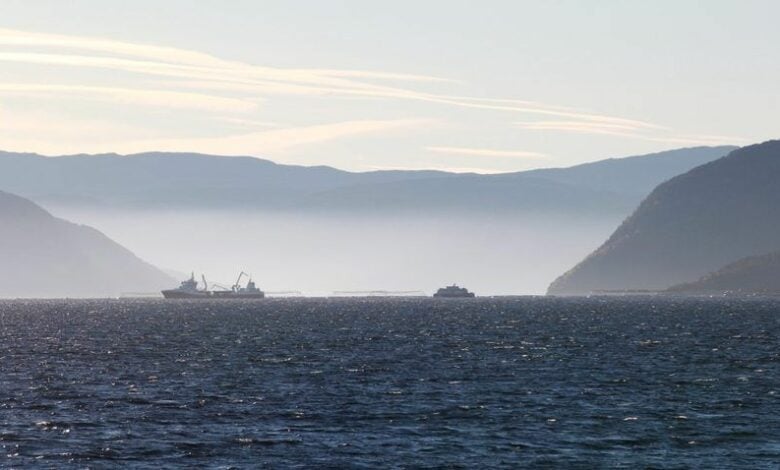
A new study published in the One Earth journal has revealed that the majority of Europe’s marine protected areas (MPAs) provide only limited protection against industrial activities such as dredging, mining, and bottom trawling, jeopardizing the EU’s ability to meet its 2030 biodiversity targets.
The study found that 86% of MPAs offer “marginal” protection, leaving the EU far from its goal of protecting 30% of its seas by 2030, with 10% designated as “strictly” protected from damaging activities. The current low levels of protection have put the EU at risk of failing to reduce the threat of species extinction, the researchers noted.
The study concluded that achieving the EU’s 10% strict protection target will require significant regulatory changes. Germany leads with 45% of its waters covered by marine sanctuaries, followed by France and Belgium. Slovenia, though having fewer MPAs, was highlighted as the best-performing country in preventing destructive activities.
Researchers attributed the low levels of protection to the “flexible” nature of EU directives, emphasizing that stronger regulations are necessary, but getting the EU to adopt binding legislation has proven challenging.





